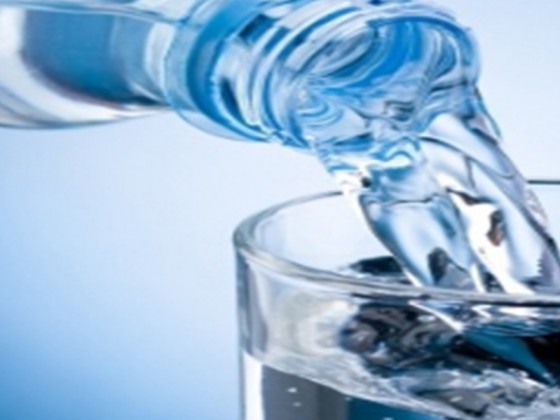by | Marziah Hj. Zahar | Noor Fazreen Dzulkafli
How many of us have realised that the ocean has its own “elf” to ensure sustainability in the marine ecology system so that it can thrive forever? Studies by scientists show that the “elf” is actually a marine microbe. Microbes such as bacteria have existed in the oceans for billions years1. It has been scientifically proven that one millilitre of the seawater contains millions of bacteria cells2.
Research in marine bacteria diversity in the ocean is very difficult, expensive and treacherous. Bacterial mechanisms that survive under extreme pressure and in complex physio-chemical environments are still not properly understood3. Collecting and preserving bacteria cells are very challenging as it cannot be cultivated in the laboratory.
One possible way to understand how bacteria affect the marine ecosystem is to study the common marine bacteria that have already infected humans and marine animals. There are findings that strengthen the hypothesis and create an understanding of the virulent mechanisms that causes infection and fatality in human and marine life. However, certain bacteria are able to degrade some chemical compound such as hydrocarbons (e.g. oil), polychlorinated biphenyls (PCBs), polyaromatic hydrocarbons (PAHs), heterocyclic compounds, pharmaceutical substances, radionuclides and metals4. These finding encourage the effort to investigate the true potential of bacteria for bio-remedial purposes.
Malaysian waters are found to contain a high abundance of sulphur-degrading bacteria. To ensure reliability and to minimize the loss in bacteria identification, Malaysian scientists have implemented Next Generation Sequence (NGS) technology to achieve precise and accurate results5.
It has been proven that bacterial presence is larger in sediment than in open water and many of these species seem to be non-pathogenic towards humans, while still carrying pathogenic genes. Therefore, it is important to have an in-depth study on bacterial abundance to evaluate whether our deep sea water can be utilized for OTEC by-products such as drinking water, mariculture enhancers and pharmaceutical products.
References
1. W.K.W. Li and P.M. Dickie. (2003). Distribution and Abundance of Bacteria in the Ocean. Fisheries and Oceans Canada. http://www2.mar.dfo-mpo.gc.ca/science/review/1996/Li/Li_e.html
2. http://www.marbef.org/wiki/Microbial_research
3. Picard, A., & Daniel, I. (2013). Pressure as an environmental parameter for microbial life—A review. Biophysical chemistry, 183, 30-41.
4. http://cdn.intechopen.com/pdfs/45093/InTech-Biodegradation_involved_microorganisms_and_genetically_engineered_microorganisms.pdf
5. Shokralla, S., Spall, J. L., Gibson, J. F., & Hajibabaei, M. (2012). Next‐generation sequencing technologies for environmental DNA research. Molecular ecology, 21(8), 1794-1805.










